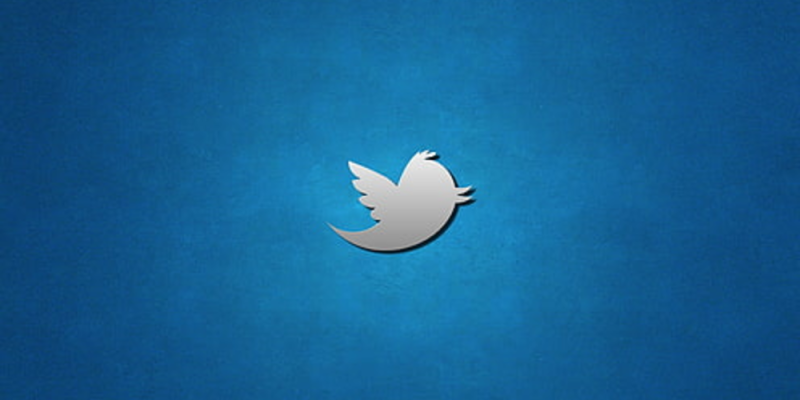
As part of its ongoing efforts to fend off competitors like Instagram Threads, Twitter has announced an update to its Direct Message (DM) settings aimed at reducing spam in users' inboxes. Starting July 14, Twitter will shift messages from Verified users, whom you do not follow, back to the "Message Request" inbox instead of the primary inbox. Subsequently, only DMs from users you follow will appear in your main inbox. This change applies to all users who have their inboxes set to receive messages from anyone.
Previously, Twitter’s framework allowed for DMs from anyone only if users had selected this option in their settings, or if the sender was a Verified user and the recipient had chosen to receive DMs specifically from Verified users. Another method was if you had initiated a Direct Message with someone, they could correspond back. The new alterations, however, indicate a setback in Twitter's verification system, which allowed users to purchase the blue badge, a symbol of elevated status on the platform.
Historically, the blue verification badge was a mark of public or significant figures, including politicians, celebrities, athletes, journalists, or other renowned personalities. Now, with the pay-to-play approach, anyone with a credit card can earn verification, thereby diluting its value. This dilution has escalated to a point where users are now being spammed by Verified accounts in their primary inbox, an issue Twitter openly admits to having.
Twitter has stated that users who wish to continue receiving DMs from Verified users in their main inbox can manually revert to the old setting post-implementation of these changes. However, these changes may pose challenges for journalists seeking contacts for more information or permissions, as their messages, even if they pay to be verified, will be relegated to the Message Requests folder, potentially going unnoticed.
Despite these measures, users have expressed concerns that this update merely displaces the spam to a different folder and not effectively reduce it. Elon Musk, after purchasing Twitter for $44 billion, pledged to reduce spam and bot activity on the platform. However, reports suggest that bot activity remains unchanged, and spam accounts are still prevalent. Musk, on the other hand, maintains that Twitter has eliminated at least 90% of scams and spam on the platform.






Leave a comment
Your comment is awaiting moderation. We save your draft here
0 Comments